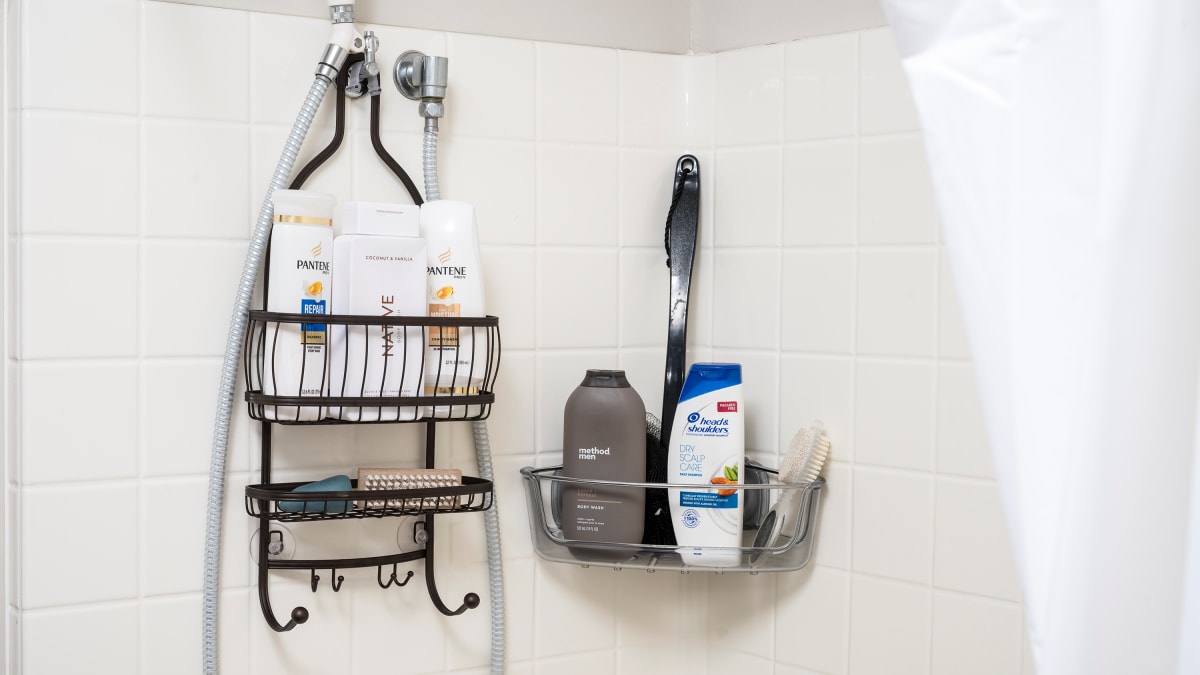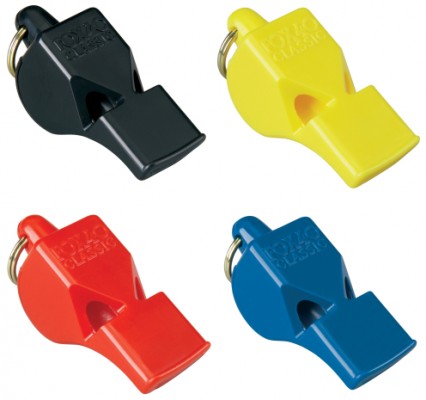PDF) Differential Item Functioning of the Mini-BESTest Balance Measure: A Rasch Analysis Study
4.8 (346) · € 21.00 · In Magazzino

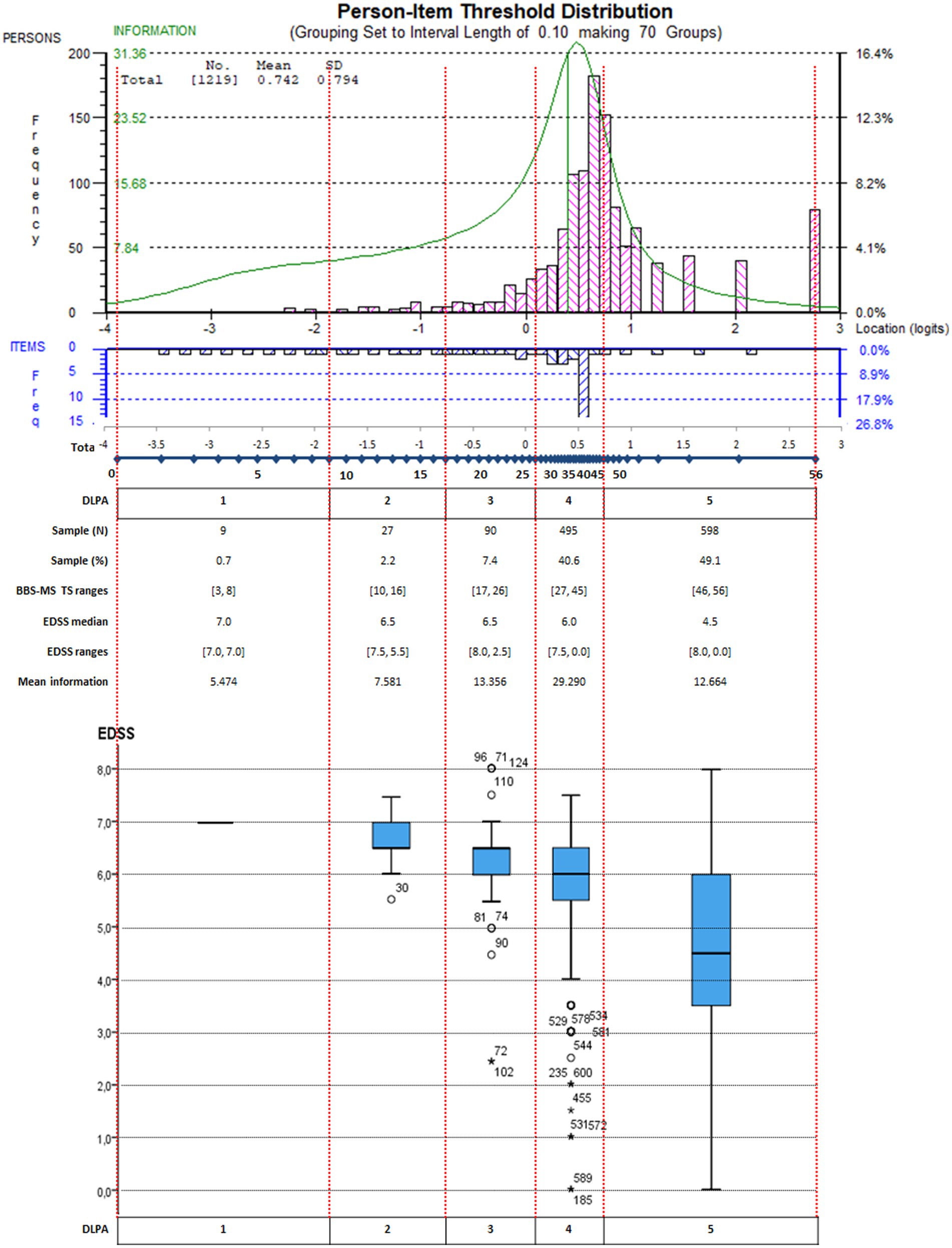
Frontiers When 'good' is not good enough: a retrospective Rasch analysis study of the Berg Balance Scale for persons with Multiple Sclerosis
Differential Item Functioning (DIF) in composite health measurement scale: Recommendations for characterizing DIF with meaningful consequences within the Rasch model framework
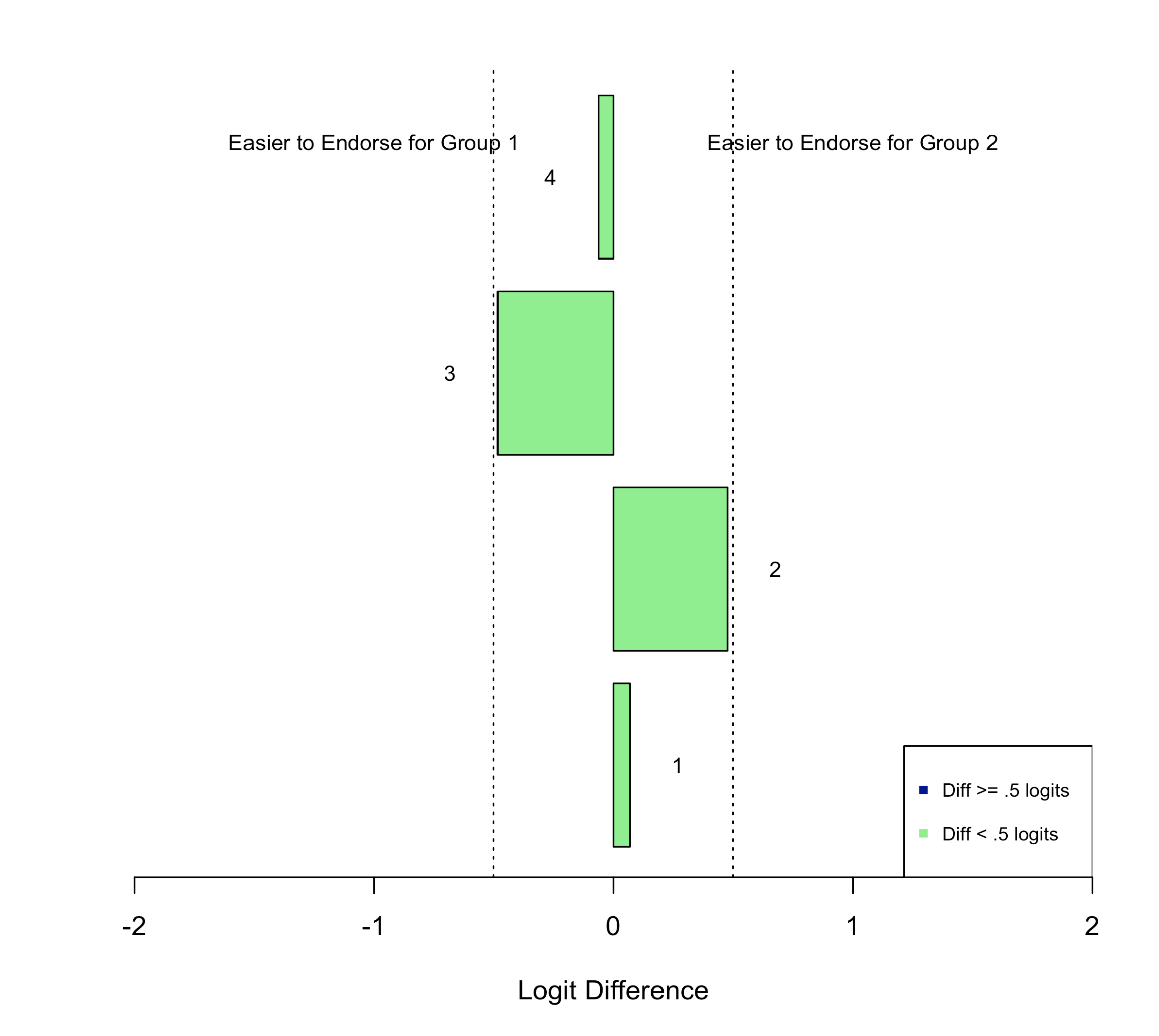
Chapter 8 Basics of Differential Item Functioning Rasch Measurement Theory Analysis in R: Illustrations and Practical Guidance for Researchers and Practitioners
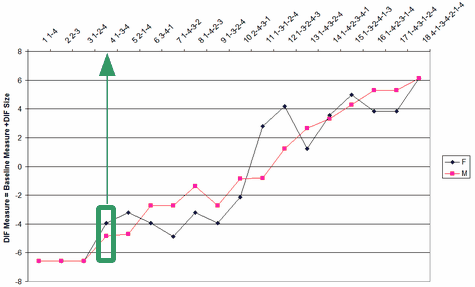
Table 30.2, 30.3 Differential item functioning DIF list: Winsteps Help

Reliability and validity of the Turkish version of Fullerton Advanced Balance Scale in cerebral palsy - ScienceDirect
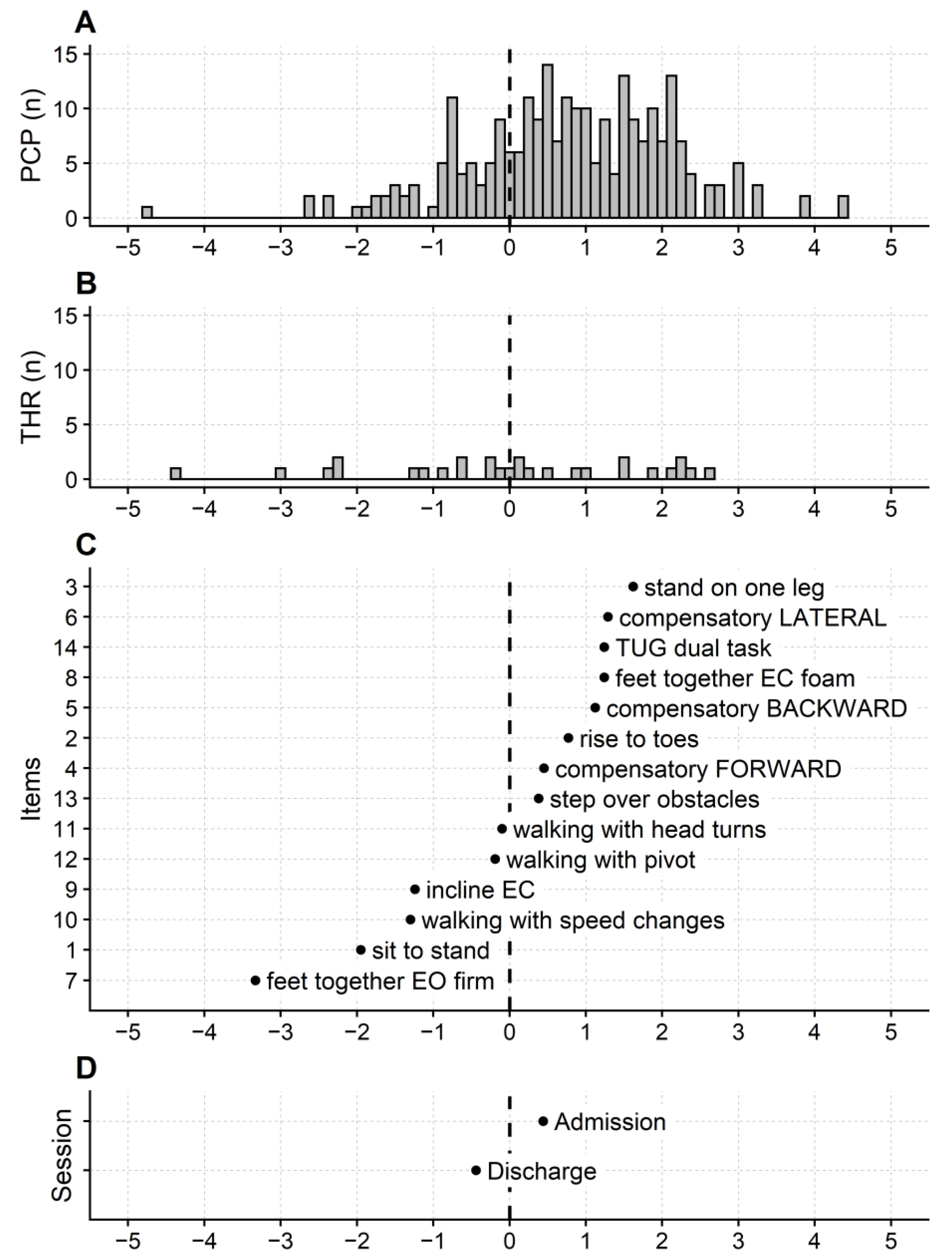
IJERPH, Free Full-Text
Differential Item Functioning (DIF) in composite health measurement scale: Recommendations for characterizing DIF with meaningful consequences within the Rasch model framework

Full article: 'Less is more': validation with Rasch analysis of five short-forms for the Brain Injury Rehabilitation Trust Personality Questionnaires (BIRT-PQs)
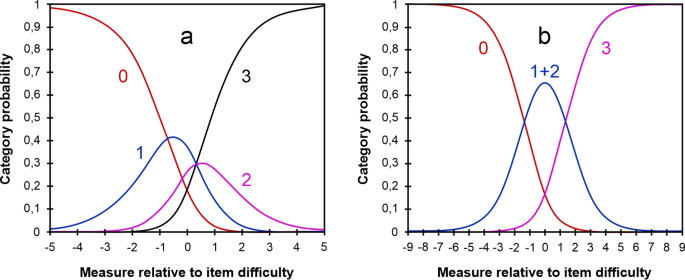
Rasch analysis for development and reduction of Symptom Questionnaire for Visual Dysfunctions (SQVD)
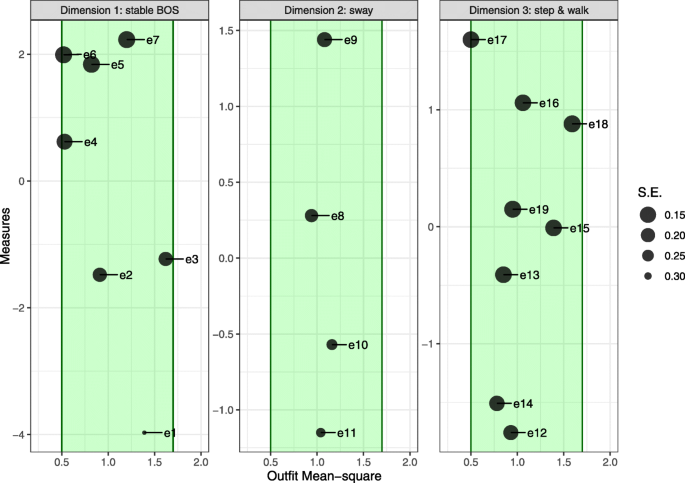
Development of an exercise programme for balance abilities in people with multiple sclerosis: a development of concept study using Rasch analysis, Archives of Physiotherapy

Using Psychometric Techniques To Improve The Balance Evaluation Systems Test: The Mini-Bestest, PDF, Balance (Ability)

Critical Values for Yen's Q3: Identification of Local Dependence in the Rasch Model Using Residual Correlations - Karl Bang Christensen, Guido Makransky, Mike Horton, 2017

Critical Values for Yen's Q3: Identification of Local Dependence in the Rasch Model Using Residual Correlations - Karl Bang Christensen, Guido Makransky, Mike Horton, 2017

